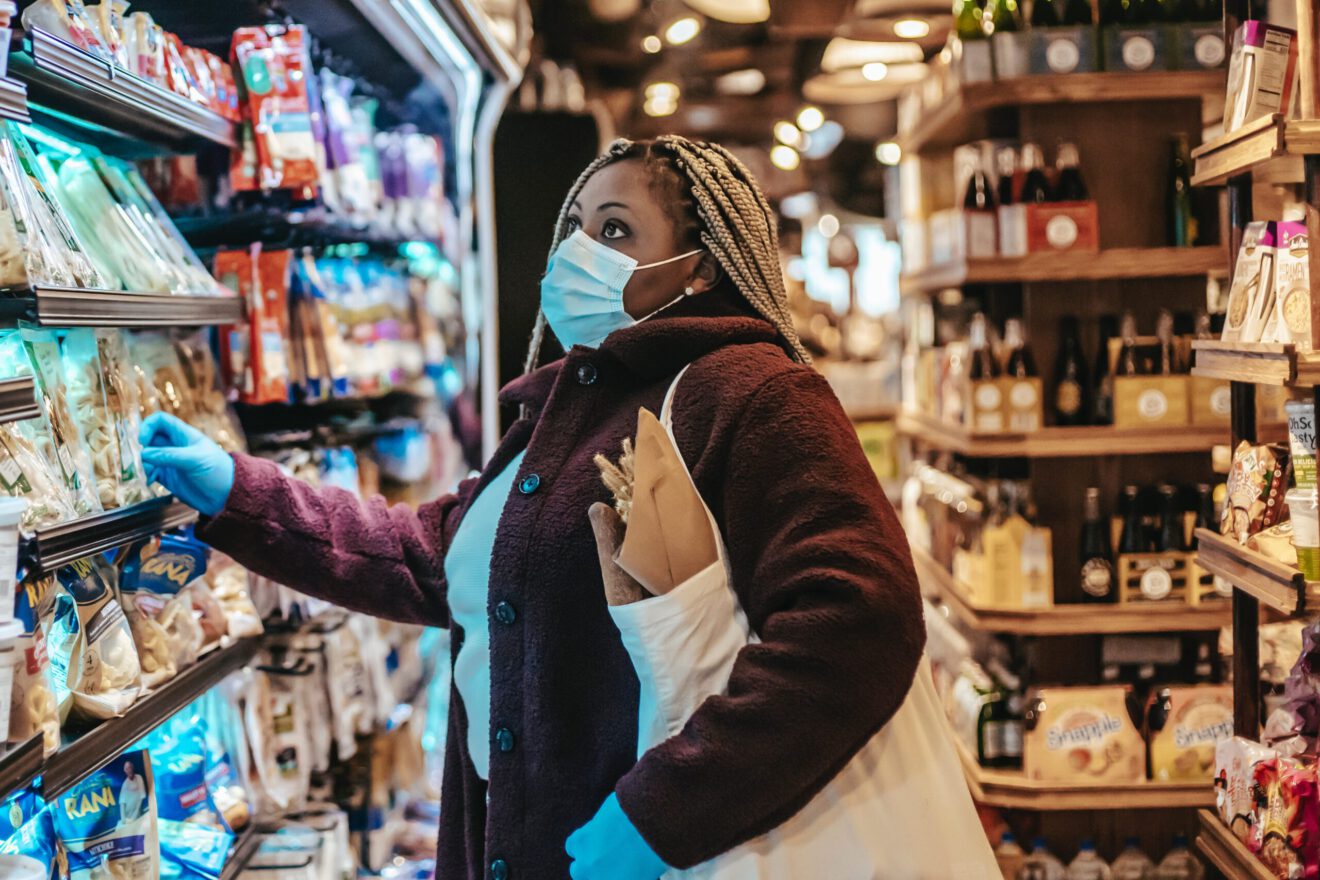This post is sponsored by Acosta.
The coronavirus pandemic has caused shoppers to adopt a host of new habits fueled by caution and the need to adapt to new routines centered around the home. When it comes to grocery shopping, changes including the uptick in online shopping are likely to remain part of consumers’ routines even after the pandemic is over. In this Q&A, Colin Stewart, executive vice president of business intelligence at Acosta, discusses which pandemic-era changes will be part of the “new normal” and what grocery retailers can do to meet shoppers’ evolving needs.
How did the pandemic change consumer habits in 2020, and how have shopper behaviors evolved as the pandemic continues?
2020 was certainly a year of change and disruption for grocery shopping. The biggest changes focused on stocking up, shopping less in stores and purchasing more online. Sales of consumer packaged goods skyrocketed at the beginning of the pandemic, and have remained strong as people continue to spend more time at home. Nearly half of those who have worked from home at some point during the pandemic are still working from home, and 19% expect to make this a permanent change. To that end, about 80% of adults and children have been eating breakfast, lunch and dinner at home nearly all the time over the past year. Shoppers have settled into new shopping, eating and lifestyle routines and much of this will stick for years to come.
The rollout of COVID-19 vaccines in the US is causing some consumers to be optimistic about a return to normalcy. What effect is this having on shopper behavior?
Shoppers remain cautious despite the vaccination rollout, and the overall concern level remains high at 7.7 (on a scale of 1 to 10, where 10 equals extremely concerned). Many people tell us that even when most Americans are vaccinated, they will be hesitant to dine in a restaurant, attend large gatherings or travel outside of their state. To that end, we are seeing hints of ‘”back to normal” shopping for some, but certainly not for all.
What pandemic-era changes are likely to become part of the “new normal” for shoppers?
About 3-in-4 shoppers tell us that they will stick with at least some of their new shopping habits formed during the pandemic, and 16% of those intend to stick with most or all of their new shopping habits. Online shopping has certainly escalated and will become part of the “new normal” for many households that have realized just how convenient and efficient it is to order online. Our recent research indicates that about 25% of all grocery shopping will remain online. Many shoppers will also continue to stock up on certain household items more than they did in the past. Empty shelves at the start of the pandemic were very alarming to shoppers, and are something they don’t want to experience again.
How can retailers adjust to shoppers’ evolving needs and priorities?
Customer safety will remain at the forefront when shopping for quite some time, so retailers will continue with mask requirements, social distancing and contactless efforts for the foreseeable future. Shoppers have also continually said that product availability will be a top priority, so retailers will need to keep shelves stocked in order to keep customers coming back to their stores. Self-service areas like salad bars will evolve slowly, and may get replaced by automated salad stations and stand-alone locations. Currently, only about one third of shoppers are comfortable resuming self-serve options with human contact, while another third prefer that a store employee or machine handles serving and packaging. The role of the physical store will continue to be important to shoppers. Retailers that strike the right balance of inspiration, convenience and both in-store and digital solutions will provide the most value to shoppers and gain the most loyalty.
For more information on how the pandemic will continue to shape grocery shopping habits and how the vaccine rollout is affecting consumers’ level of concern, download this infographic.
Colin Stewart is executive vice president of business intelligence at Acosta. He joined Acosta in 1999 as part of its acquisition of the Kelley-Clarke organization and throughout his career, his work in category management and analytics has enabled Acosta to offer clients highly competitive, next-generation analytics capabilities. He has published numerous white papers on topics such as trade promotion, center store revitalization, frozen food trends, as well as initiated the shopper insights research publication called The Why? Behind the Buy, which has generated significant trade and national media attention for Acosta.
